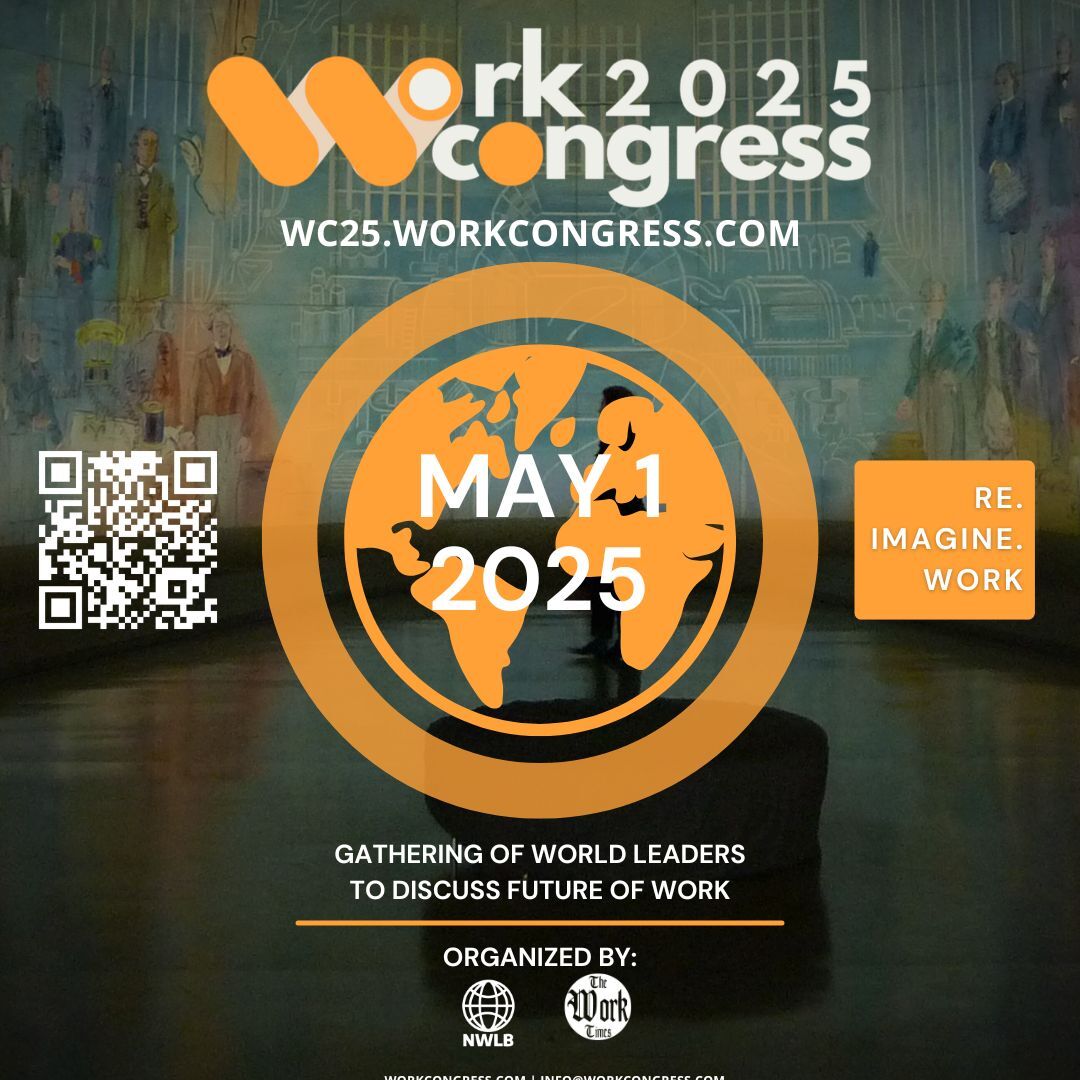In an era where artificial intelligence is redefining industries at breakneck speed, the recruitment landscape is undergoing one of its most profound transformations. Automated interview bots—once heralded as the future of efficient hiring—are now sparking mounting frustration among job applicants worldwide. These digital gatekeepers, designed to streamline recruitment, inadvertently reshape how candidates interact with potential employers and alter the very fabric of the hiring experience.
For decades, the recruitment process has been steeped in human interaction—a handshake, a shared story, a responsive glance signaling understanding. Today, these largely intangible but critical moments are increasingly replaced by algorithm-driven conversations with AI interviewers that follow scripted logic, detecting answers and facial cues with inscrutable precision.
This shift brings with it a curious paradox: while AI promises to make hiring fairer and faster, many candidates feel more alienated and scrutinized than ever before. Automated interviews typically force candidates into rigid formats—timed responses with little room for genuine expression or narrative flow. Gone are the nuanced conversations where applicants could explain the complexities of their experiences; instead, they face a barrage of preset questions underpinned by machine learning algorithms that prioritize efficiency over empathy.
As a result, the hiring process can feel less like a gateway to opportunity and more like an endurance test designed by faceless code. Candidates often find themselves battling anxiety not only about their answers, but also about their ability to ‘perform’ for a bot—worrying whether their tone, eye movement, or pacing inadvertently trigger deductions in their interview score. This environment, in turn, demands a new kind of digital literacy from applicants, who must learn to decode AI preferences and mitigate the subtle biases these systems may harbor.
There is also the added challenge of transparency. Candidates rarely know what data these bots collect or how it influences hiring decisions. The opacity compounds frustrations and fuels skepticism toward automated hiring. As job seekers invest precious time preparing for these AI interactions, concerns grow over whether their efforts are truly evaluated on merit or lost in the labyrinth of automated assessments.
Moreover, the rapid adoption of AI interview bots raises broader questions about the balance between technology and humanity in recruitment. When a machine interprets responses based on past hiring data, is the system reinforcing existing biases masked as objectivity? Are unique talents overlooked because they don’t fit pre-programmed molds? In many cases, the pursuit of scalability and speed seems to come at the cost of personal connection, an element vital to understanding fit and potential.
Despite these challenges, the rise of AI interview bots also signals an opportunity—a call to rethink and humanize automated processes rather than discard them outright. Imagine an AI system that adapts dynamically, recognizing the diversity of communication styles and valuing authentic stories over rehearsed answers. Envision interview experiences enriched by transparency, where candidates receive clear feedback on how their data is used and insights into the decision-making process.
Such advancements require reimagining AI not as a replacement for human judgment, but as a tool that amplifies it. Automation can reduce administrative burdens and help identify promising candidates faster, but it must be coupled with safeguards that preserve fairness, empathy, and openness.
The frustration many candidates voice today reflects a deeper yearning for recruitment processes that respect individuality and foster trust, rather than reduce applicants to data points. As AI becomes the new norm in hiring, a reckoning looms for organizations willing to listen carefully to the human side behind those pixels and questionnaires.
Ultimately, the future of recruitment depends on striking a delicate balance—leveraging AI’s capabilities without losing sight of the people it serves. It’s a future where automated interview bots can coexist with human insight, not replace it; where technology empowers rather than alienates; and where candidates feel seen, heard, and valued long before the job offer arrives.
In the evolving narrative of work and technology, this moment is a reminder that behind every byte is a human seeking opportunity—and the hiring process must reflect that fundamental truth.

